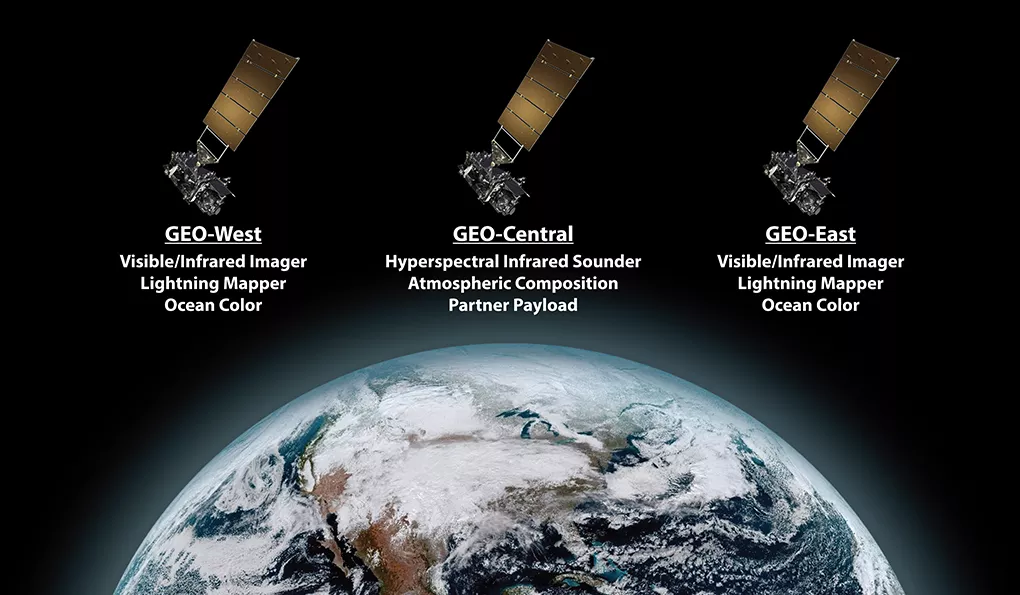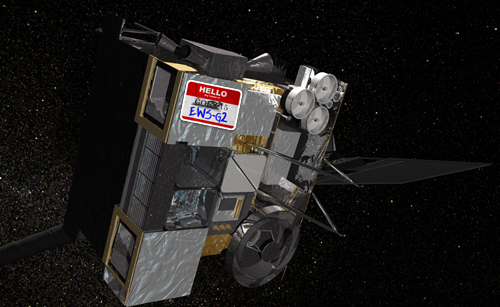![]()
Funding Update for Civil Space Programs in Recent Bill

March 10, 2024 – US Congress has passed a final fiscal year 2024 spending bill that provides, in some cases, significantly less funding than requested for civil space programs. The recent spending bill offered mixed results for various civil space programs. Here’s a breakdown:
Wins for Weather Monitoring:
- GOES-R and JPSS: The National Oceanic and Atmospheric Administration (NOAA) received full funding for its ongoing weather satellite programs – GOES-R ($276 million) and Polar Weather Satellites ($342.4 million).
- This ensures the launch of GOES-U, the final GOES-R satellite, and the continued development of the JPSS series for accurate weather data throughout the decade.
Mixed News for Future Weather Systems:
- GeoXO: Funding for the next-generation geostationary weather satellite program (GeoXO) fell short of the requested $417.4 million, receiving the same amount as 2023 ($285 million).
- NEON: Similarly, the Near Earth Orbit Network (NEON) for low-orbit weather satellites received less than requested ($78.5 million compared to $133.6 million). This might impact the pathfinder mission, QuickSounder.
Space Weather Monitoring Update:
- SWFO: NOAA’s Space Weather Follow On (SWFO) program received its requested funding ($97.2 million) to prepare its SWFO-L1 mission for launch in 2025.
- Space Weather Next: Funding for the successor program, Space Weather Next, remained at 2023 levels ($151.6 million) despite a higher request ($225 million).
Office of Space Commerce Sees Funding Reduction:
- The bill allocated $65 million to NOAA’s Office of Space Commerce, responsible for developing a civil space traffic coordination system. This is lower than both the requested amount ($88 million) and 2023 funding ($70 million).



